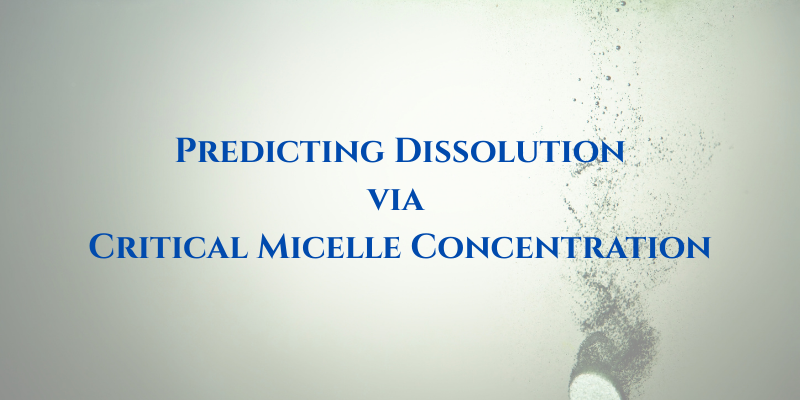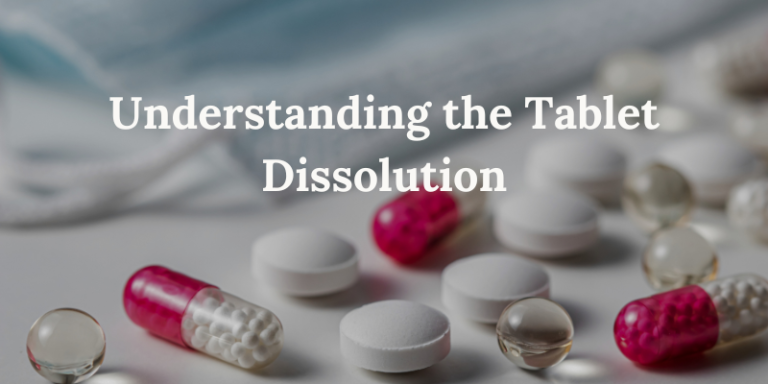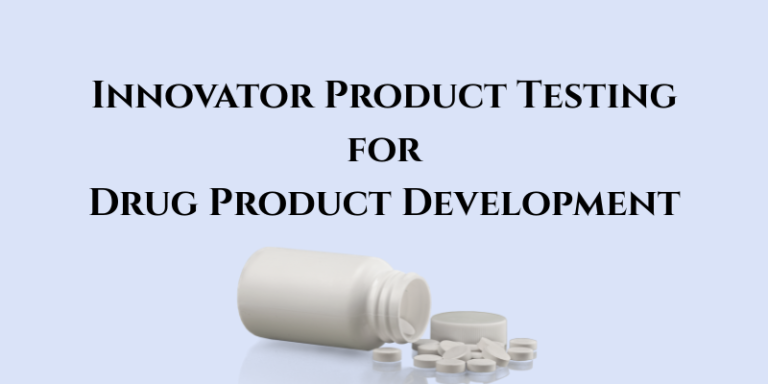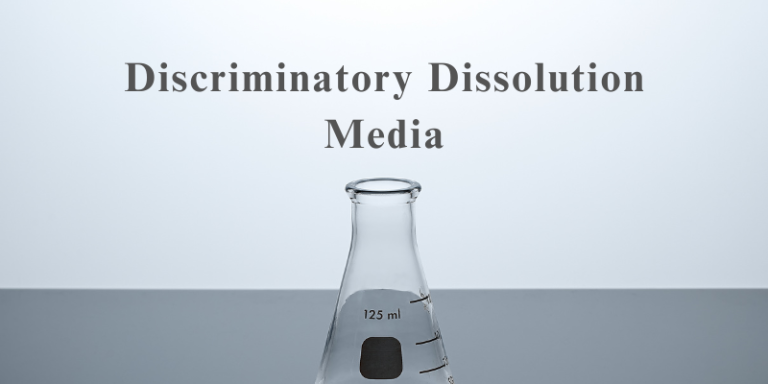Predicting Dissolution via the Critical Micelle Concentration (CMC)
The Critical Micelle Concentration (CMC) is the surfactant concentration at which micelles begin to form in solution. Above the CMC, these micelles encapsulate hydrophobic drug molecules, dramatically improving solubility and dissolution. For sodium lauryl sulfate (SLS), the CMC in pure water at 25 °C is approximately 8.2 mM .
Practical Example: In ezetimibe tablets, introducing 0.45 % w/v SLS into the dissolution medium (pH 4.5 acetate buffer, per USP42‑NF37) ensures SLS is well above its CMC, forming micelles around ezetimibe particles. This strategy yields over 70 % dissolution within 10 minutes and exceeds 90 % by 30 minutes, compared to under 10 % without SLS .
Practical Considerations
While using surfactant concentrations above the CMC maximizes solubilization, formulator vigilance is necessary to balance efficacy with tolerability.
Example: In a simvastatin–aspirin tablet study, inclusion of SLS not only enhanced dissolution but also reduced the gastric ulcer index from 2.3 to 0.8, underscoring that optimized SLS levels can improve both solubility and gastric comfort .
By leveraging the CMC concept to predict dissolution and by thoroughly characterizing surfactant behavior, we can engineer tablets that meet the highest standards of efficacy, safety, and patient adherence.
Read also:
- Surfactants in Dissolution
- Biorelevant Dissolution Media
- The Critical Link Between Dissolution Profiles and Pharmacokinetics
Resource Person: Jamal Jameel






